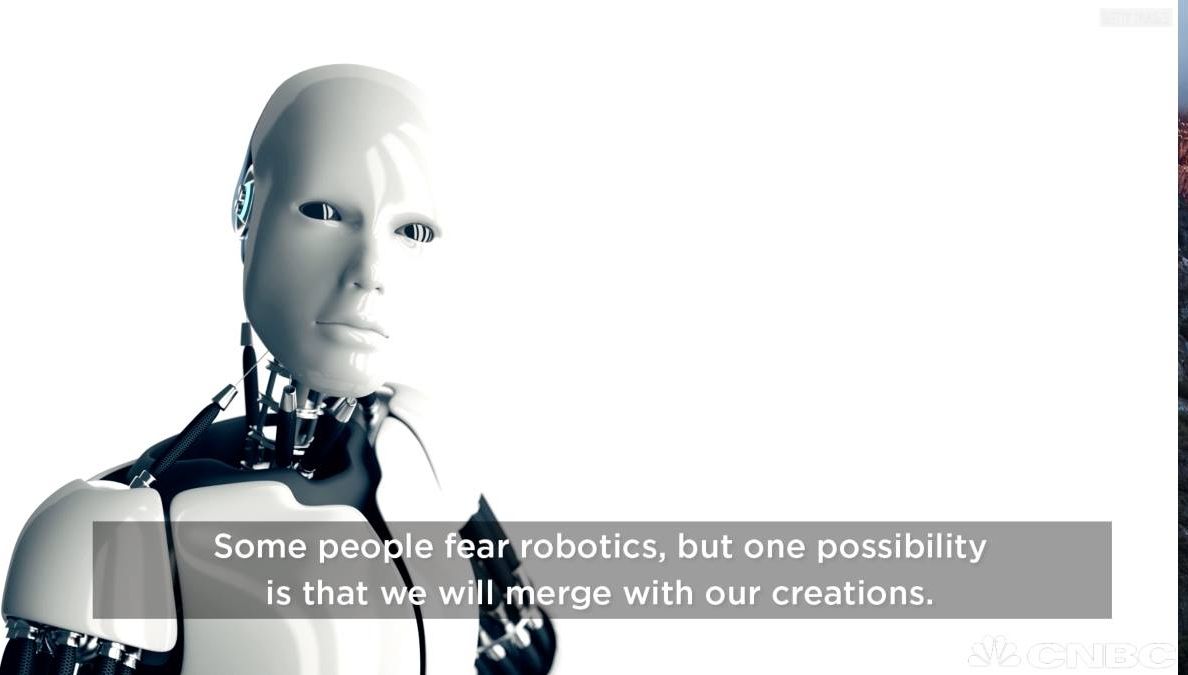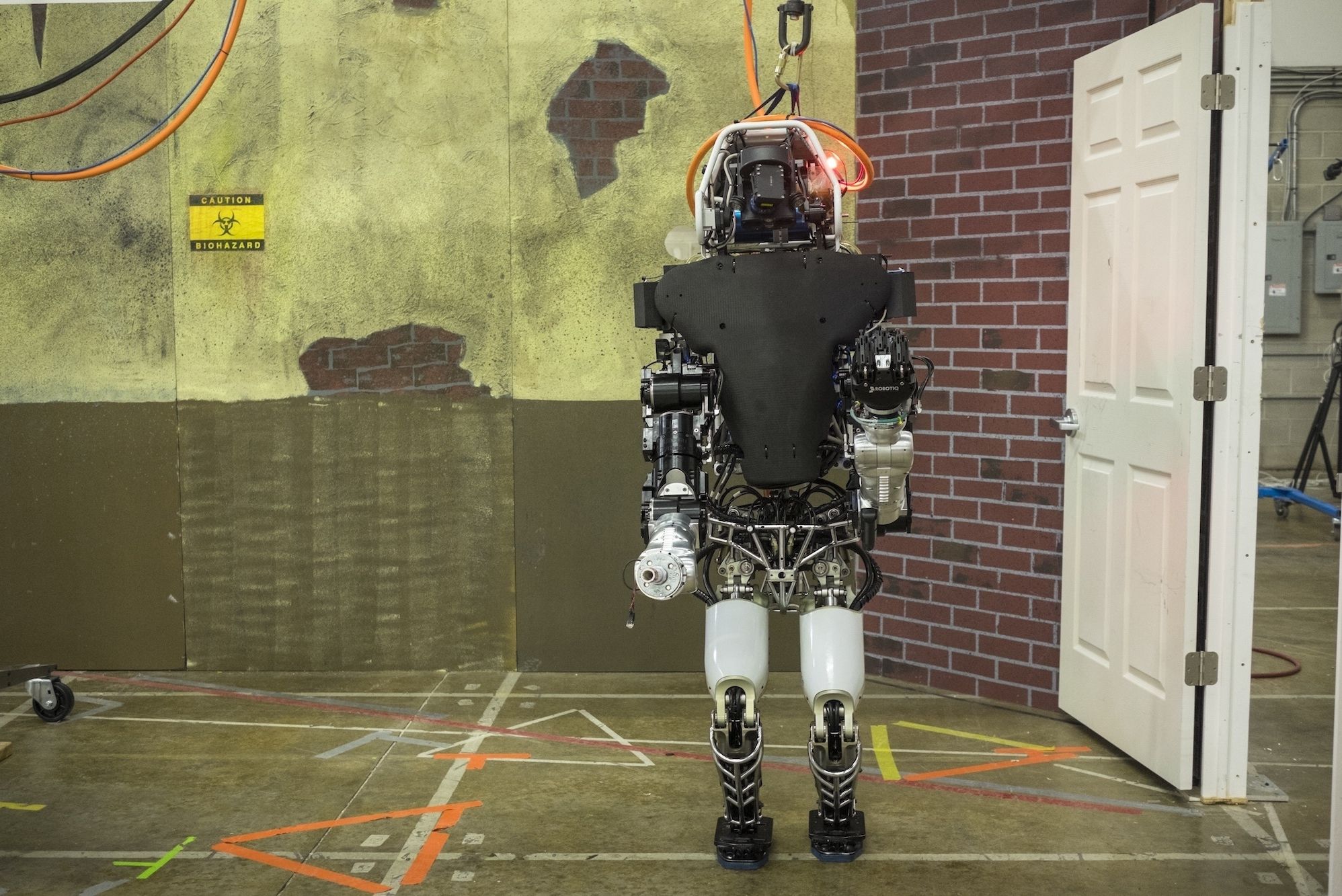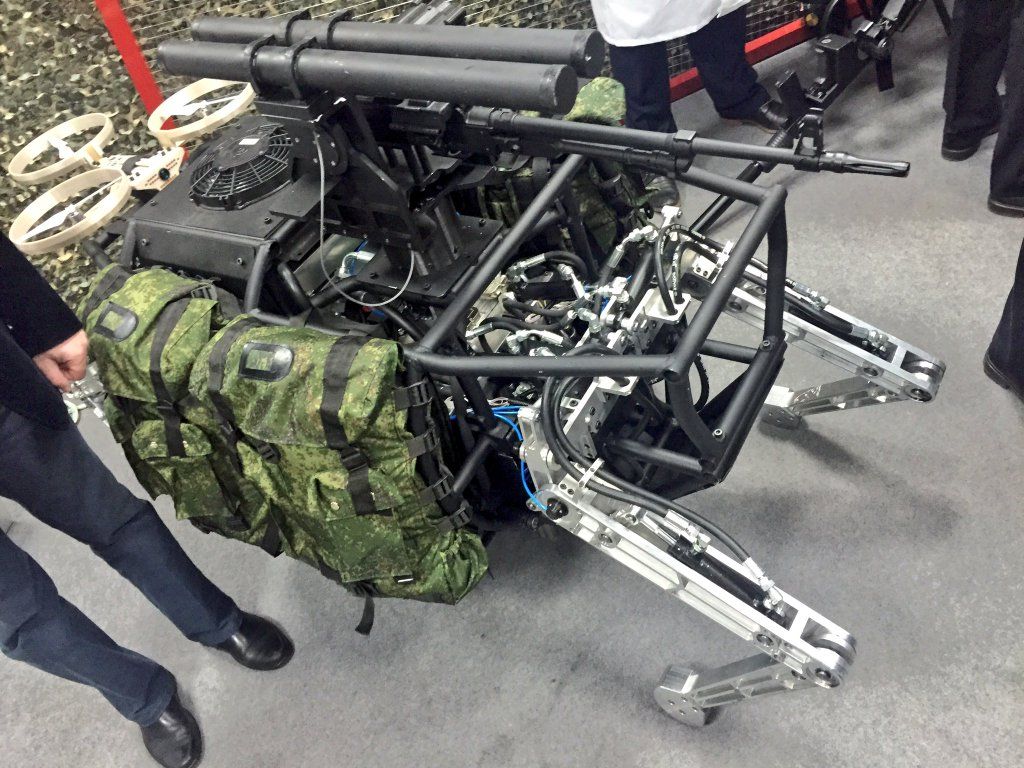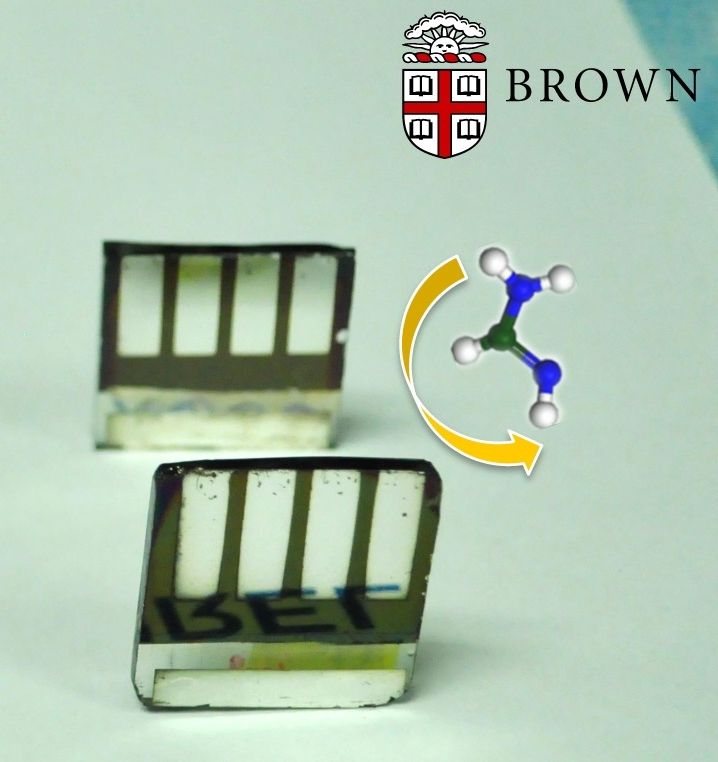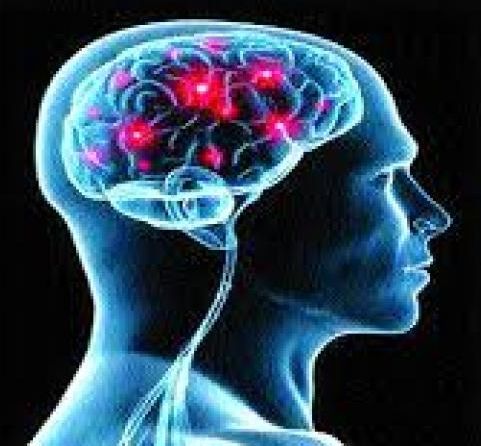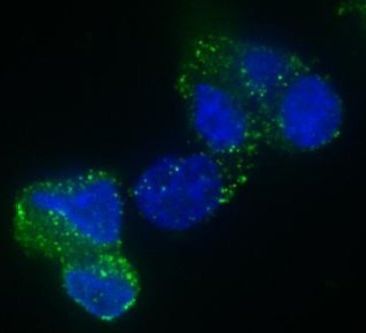Page 11244
Apr 26, 2016
Black holes created in LAB confirm Stephen Hawking’s radiation theory
Posted by Andreas Matt in category: cosmology
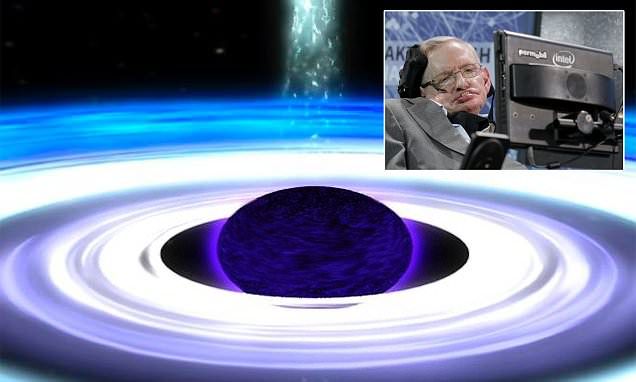
Two separate groups of researchers, from Israel and Michigan State University, have discovered evidence to back up Professor Hawking’s claims from 1974.
Apr 25, 2016
Humans Can’t Escape Killer Robots, but Humans Can Be Held Accountable for Them
Posted by Dan Kummer in categories: futurism, robotics/AI
Instead of fighting an inevitable future full of autonomous systems, humans must ensure that even when machines perform tasks independently, there are always humans who are ultimately responsible.
Apr 25, 2016
Shoot the Blighter! Anti-drone ‘death ray’ may be installed after Heathrow plane collision (VIDEO)
Posted by Dan Kummer in categories: drones, military, robotics/AI

A military-grade drone-killing ‘death ray’ that can reportedly destroy unmanned aerial vehicles (UAV) from up to 6 miles away could soon be in use in UK airports following a suspected collision with a passenger jet at Heathrow last Thursday.
The collision, which led to a drone ban over London during US President Barrack Obama’s UK visit, has forced authorities to consider more aggressive countermeasures.
Apr 25, 2016
Media unveils Russian battle robots for future warfare
Posted by Dan Kummer in categories: military, robotics/AI
It Looks exactly like Boston Dynamics cancelled Big Dog project, and it is armed with some kind of a Light machine gun. I said that cancelling the Big Dog project was a mistake. We Can’t Allow a robotics gap between the US and Russian/Chinese forces. And, the other side has absolutely no hang ups about arming their robots.
In his twitter page Igor Korotchenko, editor-in-chief of the Russian magazine Natsionalnaya Oborona (National Defense) has published the first-ever photos of Russia’s advanced biomorphic combat robot.
The alleged advanced biomorphic combat robot of Russia will move like a four legged animal and it will be equipped with a machine gun and guided antitank missiles, as suggested by the photos.
Continue reading “Media unveils Russian battle robots for future warfare” »
Apr 25, 2016
Flipping a chemical switch helps perovskite solar cells beat the heat
Posted by Shailesh Prasad in categories: nanotechnology, solar power, sustainability
Thin films of crystalline materials called perovskites provide a promising new way of making inexpensive and efficient solar cells. Now, an international team of researchers has shown a way of flipping a chemical switch that converts one type of perovskite into another—a type that has better thermal stability and is a better light absorber.
The study, by researchers from Brown University, the National Renewable Energy Laboratory (NREL) and the Chinese Academy of Sciences’ Qingdao Institute of Bioenergy and Bioprocess Technology published in the Journal of the American Chemical Society, could be one more step toward bringing perovskite solar cells to the mass market.
“We’ve demonstrated a new procedure for making solar cells that can be more stable at moderate temperatures than the perovskite solar cells that most people are making currently,” said Nitin Padture, professor in Brown’s School of Engineering, director of Brown’s Institute for Molecular and Nanoscale Innovation, and the senior co-author of the new paper. “The technique is simple and has the potential to be scaled up, which overcomes a real bottleneck in perovskite research at the moment.”
Continue reading “Flipping a chemical switch helps perovskite solar cells beat the heat” »
Apr 25, 2016
Physicists detect the enigmatic spin momentum of light
Posted by Karen Hurst in categories: physics, space
Ever since Kepler’s observation in the 17th century that sunlight is one of the reasons that the tails of comets to always face away from the sun, it has been understood that light exerts pressure in the direction it propagates. Radiation pressure is produced by the momentum carried by light, and it plays a crucial role in a variety of systems, from atomic to astronomical scales.
In a recent theoretical paper, a group from the RIKEN Center for Emergent Matter Science in Japan showed that momentum density in non-uniform optical fields has an unusual component, which is orthogonal to the propagation direction of light and is proportional to the optical spin, which means the degree of circular polarization. They predicted that this spin momentum would produce a transverse spin-dependent optical force, a few orders of magnitude weaker than the usual radiation pressure.
Now, based on the theoretical work, a group from RIKEN, the University of Bristol, and other institutions have used an extremely precise technique to experimentally verify that light does in fact exert the extraordinary perpendicular force, which is determined by the polarization of the light. The research has been published in Nature Physics.
Apr 25, 2016
Engineers Explore How Nanoparticles’ Shape Improves Energy Storage
Posted by Karen Hurst in categories: nanotechnology, particle physics
Very nice.
Many technologies rely upon nanomaterials that can absorb or release atoms quickly and repeatedly. New work by Jennifer Dionne’s research group provides a first look inside these phase-changing nanoparticles, showing how their shape and crystallinity affect their performance for battery applications.
Apr 25, 2016
Pollution affecting the brain
Posted by Karen Hurst in categories: biotech/medical, neuroscience
Hyderabad: Infections, haemorrhage, swelling and head injuries are some of the prime reasons for brain surgery but experts say taking the patient under the knife is the last option because of the complexities of the procedure which could lead to disability or death.
Senior doctors said despite advancements in technology, dealing with brain surgeries requires much expertise and continues to be a challenging area.
Senior neurosurgeon Dr Radha Krishna said, “Brain surgeries are complex and the protocol is to first opt for medicines. Nowadays due to diagnostic technologies, even the smallest of lesions or tumours are picked up but it is still important to treat them with medicines.”
Apr 25, 2016
Researchers find potential new treatment target for deadly brain cancer
Posted by Karen Hurst in categories: biotech/medical, neuroscience
A team of researchers has found a key player in brain tumour formation that may lead to new therapies for a deadly and incurable cancer.
The study published in Nature Neuroscience is the first to show that a protein called OSMR (Oncostatin M Receptor) is required for glioblastoma tumours to form.
Glioblastoma is one of the most deadly cancers, resistant to radiation, chemotherapy and difficult to remove with surgery.
